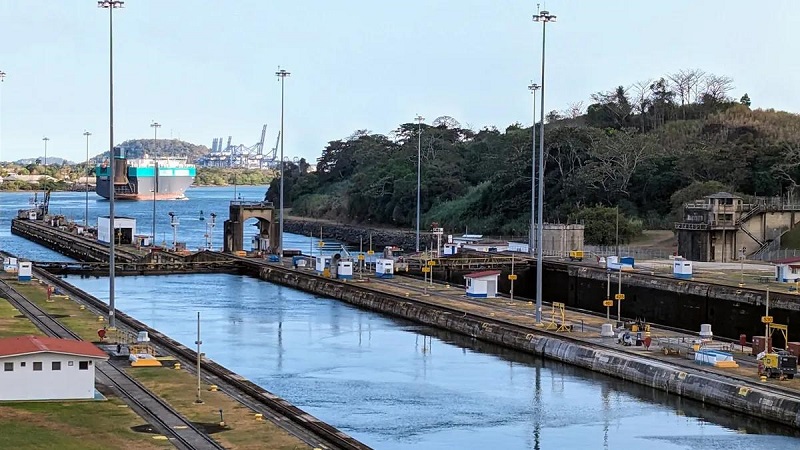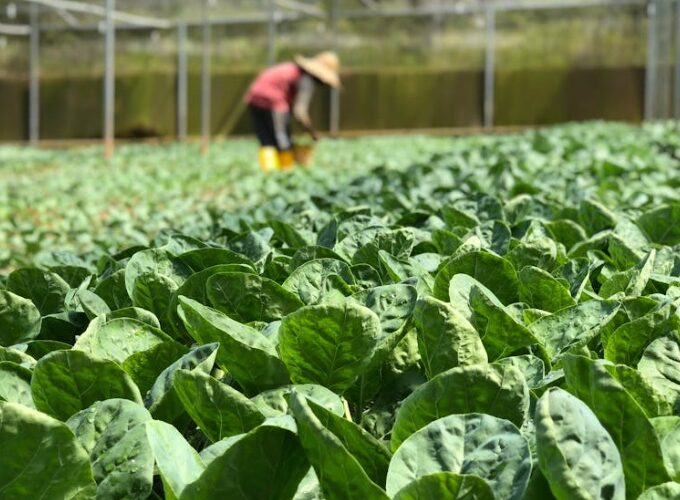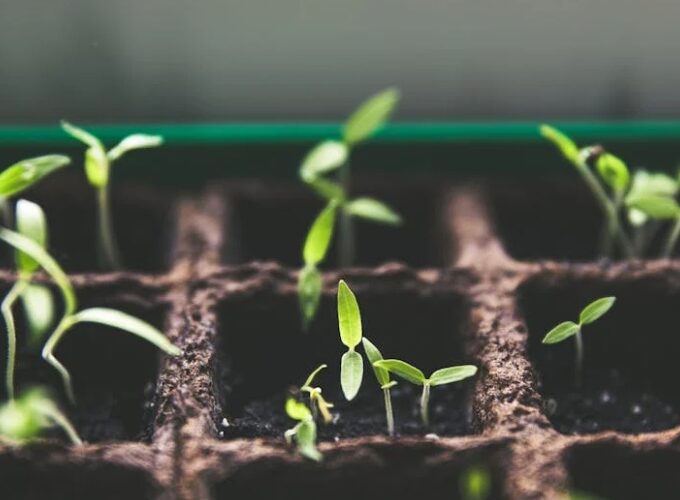The Canal Authority has increased the number of daily bookings to 27, improving the efficiency of vessels carrying maize, soya beans, and other agricultural products.
Visitors to the Miraflores Locks of the Panama Canal can barely tell. With the sun shining on the water, the locks appear to be full of water. Ships loaded with everything from containers to oil await their arrival. It’s a graceful dance – the gate opens, the tugboat tows the boat, the water is pumped out, and the boat drives away.
It all seems normal, but shippers know it’s far from reality. The Panama Canal recently experienced the worst drought in its history. The Canal reduced daily booking times and maximum drafts, causing shippers to be faced with decisions about where and how to move their cargo.
But the situation is improving.
As of 18 March, the Canal began offering 26 booking slots per day instead of the previous 24. A spokeswoman for the Panama Canal said by email that from 25 March, the canal began allowing 27 slots.
“Our efficient water-saving measures have allowed us to increase the daily number of transits while maintaining the 44-foot draft for the rest of the dry season,” the spokesperson said.

The spokesman said the canal has increased its booking hours “based on the current and projected water levels in Lake Gatun,” which feeds the canal and its locks. Last July, the lake’s water level dropped to 79 feet, its lowest level since 2016, after experts said El Niño Niño and climate change affected the rainy season. By mid-March, the lake had risen a foot.
The canal has also implemented an “operational water strategy,” which includes cross-filling – reusing water from one lock chamber to another.
Jenna Slagle, senior data analyst at project44, said that while the canal has not yet reached its full scheduled hours, which averaged 36 per day before the drought, it is a step in the right direction. “It’s really good to see it on the mend,” Slagle said.
Container Transport on the Canal
Rob Handfield, a professor of supply chain management at North Carolina State University (NCSU), says all types of vessels pass through the canal. They include bulk cargo, gas, and container ships carrying automotive parts, manufacturing products, and consumer goods.
“Container ships were better able to handle the restrictions,” the canal spokesperson said. “The maximum draft of 44 feet serves up to 70% of containerships transiting the waterway.” The canal saw more variation in transits by bulk carriers and tankers.
According to a report by the United States Department of Agriculture, most bulk carriers travelling from the United States Gulf to East Asia were diverted from the Panama Canal to the Suez Canal, which added more than 5,000 nautical miles to their voyage and more than two weeks to their time. However, hostilities around the Suez Canal have prompted airlines to once again detour around the Cape of Good Hope.
Charles Kim, chief liquefied petroleum gas analyst at S&P Global Commodity Insight, said some container ships and bulk carriers have sought other routes, such as the Cape of Good Hope. That has opened the door to other types of cargoes on the Panama Canal, such as LPG, which “has averaged 4.3 transits per day so far, the highest number since last October,” Kim said in an email.

For many shippers, the Panama Canal remains the fastest sea route from Asia to the U.S. East Coast. According to data emailed to Supply Chain Dive by Project 44, the average time for canal shipments has been around one to two days in recent months. In mid-March, canal data showed average queue times of around two days.
An alternative to the Cape of Good Hope is to redirect cargo to West Coast ports – a strategy that shippers and carriers are also employing to avoid piracy problems in the Suez Canal and the Red Sea. More and more grain carriers are moving cargoes from Gulf ports to the Pacific Northwest route. USDA data show that ocean freight costs on the PNW route are up 8 percent from a year ago, and soybeans are up 7 percent. “We need one of these canals working,” Slagle said.
Hoping for Rain
Panama’s rainy season usually begins around April or May and should replenish Lake Gatun, providing water for the canal and Panama’s residents.
Handfield said, “Hopefully the skies will open up and we’ll get a lot of rain.”
The Canal said it will remain at 27 per day “until conditions need to change”.Kim expects Canal authorities to open up boat slots in several stages and possibly relax the maximum draft, although full recovery will take some time.
The question is how future water levels will affect the operation of the canal. The Canal is tackling this issue head-on, using measures such as tandem locks (where two boats pass through a chamber at the same time), water-saving pools, and strict leakage control. In the longer term, it is looking at projects to improve the reliability of water storage in Lake Gatun.
For shippers, it is about keeping up with the situation and having as much flexibility as possible.
“Make sure you have a pulse on how long each of these routes is going to take, what the costs are, and what is most important to you,” Slagle said. “Like everything in the supply chain, there’s no easy solution.”












